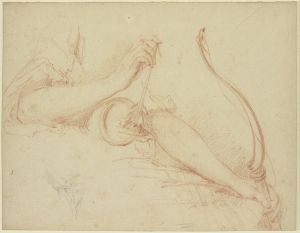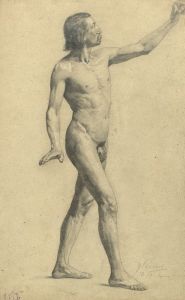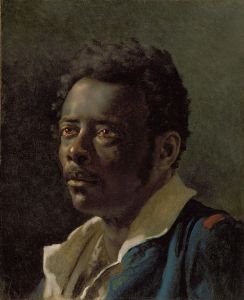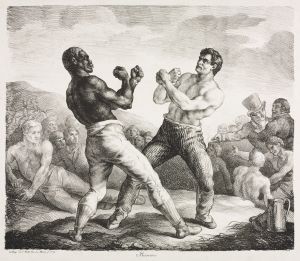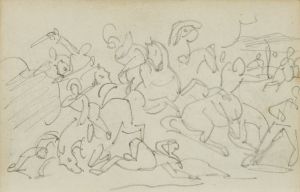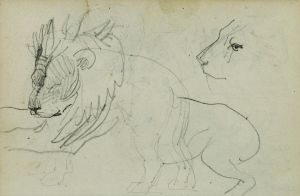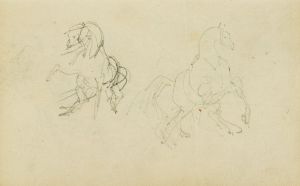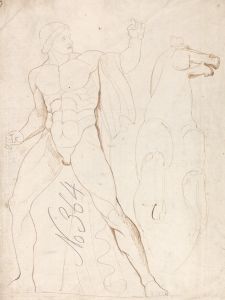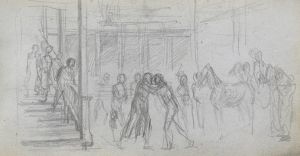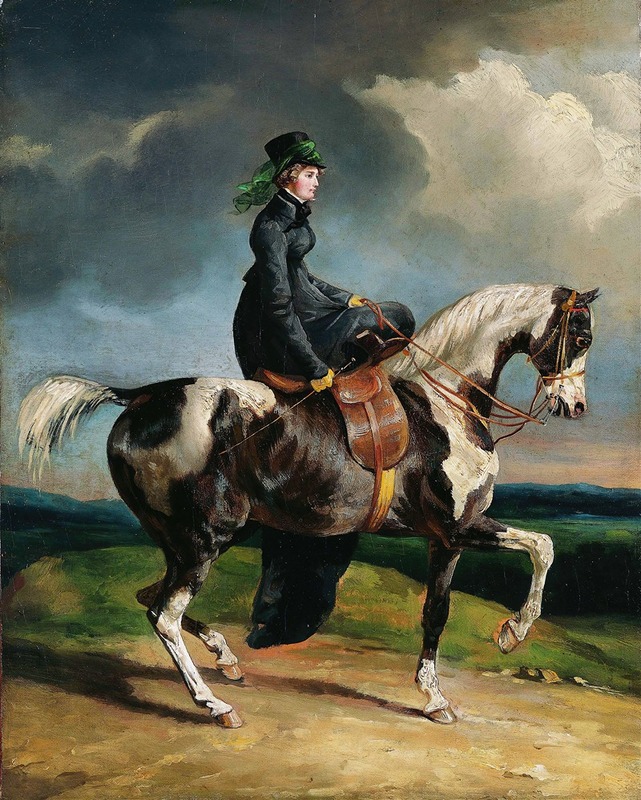
Horsewoman
A hand-painted replica of Théodore Géricault’s masterpiece Horsewoman, meticulously crafted by professional artists to capture the true essence of the original. Each piece is created with museum-quality canvas and rare mineral pigments, carefully painted by experienced artists with delicate brushstrokes and rich, layered colors to perfectly recreate the texture of the original artwork. Unlike machine-printed reproductions, this hand-painted version brings the painting to life, infused with the artist’s emotions and skill in every stroke. Whether for personal collection or home decoration, it instantly elevates the artistic atmosphere of any space.
"Horsewoman" is a painting by the French artist Théodore Géricault, created around 1820-1821. Géricault is best known for his dramatic and dynamic compositions, and he played a significant role in the Romantic movement in French art. His works often depict intense emotion and movement, and "Horsewoman" is no exception.
The painting portrays a young woman riding a horse, capturing a moment of equestrian grace and elegance. The rider is dressed in contemporary attire, which includes a dark riding habit and a hat, typical of the early 19th century. The horse is depicted in mid-stride, emphasizing the sense of motion and the skill of the rider. Géricault's attention to anatomical detail and his ability to convey the power and beauty of the horse are evident in this work.
Géricault's fascination with horses and equestrian subjects is well-documented. He was an accomplished horseman himself and often used his knowledge and experience to inform his artistic practice. This interest is reflected in many of his works, including "Horsewoman," where the dynamic interaction between the rider and the horse is a central theme.
The composition of "Horsewoman" is marked by its strong diagonal lines and the use of light and shadow to create depth and movement. Géricault's brushwork is vigorous and expressive, capturing the energy and vitality of the scene. The background is relatively simple, allowing the viewer to focus on the main subjects without distraction.
"Horsewoman" is part of a series of equestrian studies that Géricault produced during his career. These works were not only a testament to his technical skill but also an exploration of the relationship between humans and animals, a recurring theme in his oeuvre. The painting reflects the Romantic era's fascination with nature, emotion, and the sublime.
Théodore Géricault's influence on the art world extends beyond his lifetime. His innovative approach to composition, his focus on contemporary subjects, and his ability to convey intense emotion have left a lasting impact on the development of modern art. "Horsewoman" exemplifies these qualities and remains an important work in the study of 19th-century French painting.
The painting is housed in the Louvre Museum in Paris, where it continues to be admired by visitors from around the world. It is a testament to Géricault's mastery of the equestrian genre and his ability to capture the dynamic interplay between rider and horse.
In summary, "Horsewoman" by Théodore Géricault is a significant work that showcases the artist's skill in depicting equestrian subjects and his contribution to the Romantic movement in art. The painting's dynamic composition, attention to detail, and emotional intensity make it a notable example of Géricault's artistic legacy.






